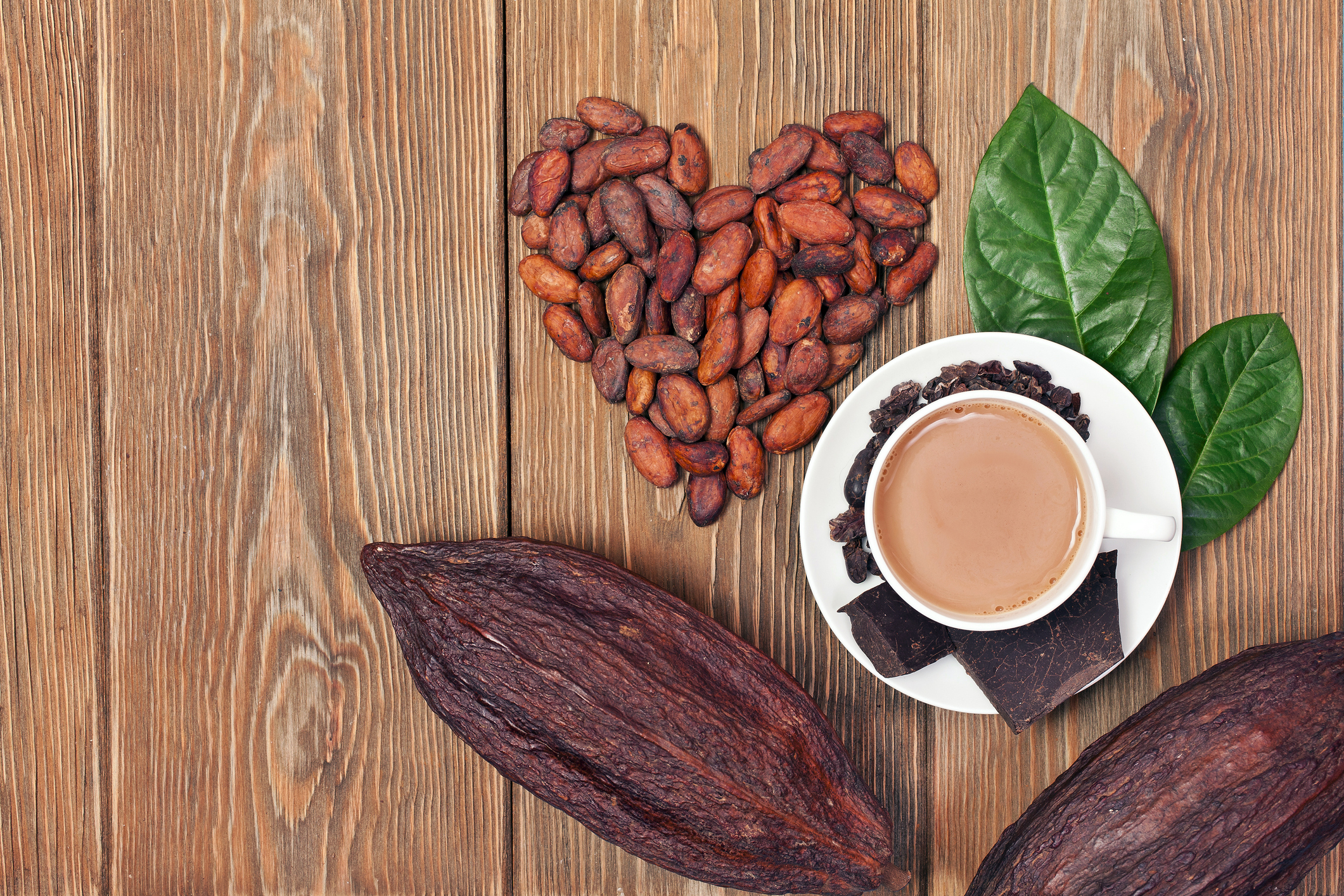Good News: Recent Research Shows Cocoa Is a Prebiotic! (And It’s Delicious, Too!)
If you’re prone to strong chocolate cravings, your body may be smarter than you’ve been giving it credit. Rather than being a weakness, your insatiable desire for chocolate may be a boon to your gut. That’s because new research shows that cocoa is a gut-loving prebiotic!
Your gut and why it’s important
We hear the term “gut” a lot, but what does it refer to? Your gut is simply your gastrointestinal tract, which starts with your mouth and ends with your colon. The health of your gut depends on what kind of bacteria are living there. We all have communities of bacteria in our gut; some good, some bad. The key is to have the good guys outnumber the bad.
Gut health is important because the state of your gut influences more than just your digestion. It also affects your nervous system, your immune system, your mental health, and even your cognitive function.
Probiotics vs. prebiotics
Probiotics have become popular because they help balance gut bacteria and support gut health. But prebiotics are important, too.
What’s the difference between probiotics and prebiotics? Probiotics are supplements of live beneficial bacteria, while prebiotics are food for these microbes. They’re equally important; when prebiotics are plentiful, probiotics can flourish and do their jobs.
Cocoa: a natural prebiotic
There are two main kinds of prebiotics: soluble fiber and polyphenols (a class of phyto-nutrients). Cocoa is rich in flavanols, a type of polyphenol. Cocoa flavanols are not very well absorbed in the small intestine — and that’s a good thing, because it allows them to reach the large intestine intact. There, they are devoured by good gut bacteria in the Bifidobacteria and Lactobacilli families, thus increasing their numbers.
Cocoa’s prebiotic effect has been demonstrated in human research. In a double-blind, controlled study, participants were divided into two groups. One group drank a beverage high in cocoa flavanols, while the other got a low-flavanol drink. After four weeks, the participants in the high-flavanol group had significantly larger Bifidobacteria and Lactobacilli populations than those consuming the low-flavanol drink. Meanwhile, their numbers of harmful bacteria fell. 1 That’s great news for your gut!

